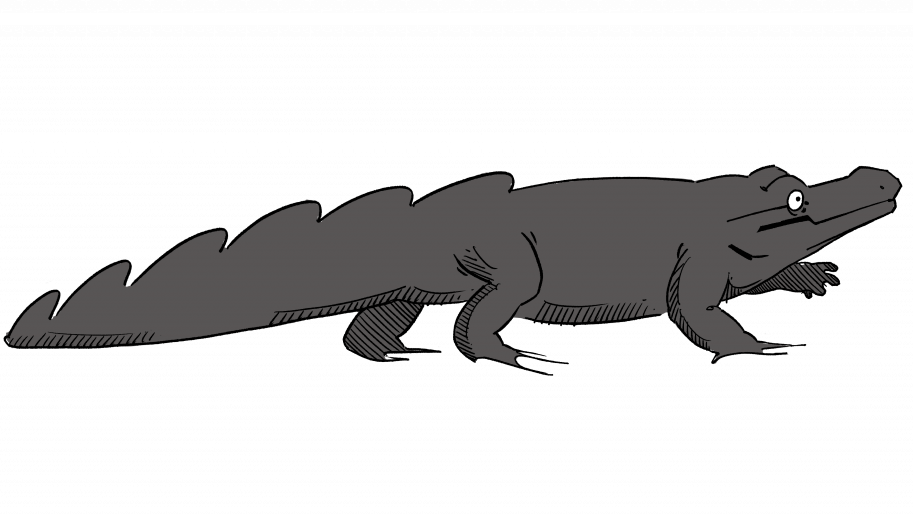IP 2A Pre reading;
What do these resources add to your understanding of intersectionality?
- The need for accessible venues not just in physical access needs, but also taking into consideration input or sensory needs- quiet spaces, light quality, access to fresh air, and heating/air conditioning, ect
- Sign language should be taught in schools, HEI teachers ought to be given a mandatory introduction so we are able to understand basic sign
- Childcare needs to be taken into consideration when discussing access needs/both in a disability perspective and in a feminist perspective
- Fine art needs to be broadened to include sequential art
What are the implications for your teaching practice?
- Further consideration into how accessible the access is to class resources, for example, having tools to help open tough silicone buckets – making sure wax melters have clean and easy access routes, lower-positioned sinks to help with water and cleaning access
- Having translation apps open and downloaded onto my phone so i can easily talk with all students to make sure they have equal 1:1 teacher access and support
Compare and contrast the perspectives offered in these resources.
How many new terms can you identify from these resources?
Are there any implications from these resources for your own practice?
- Both take personal faith and belief and ask us to view them as an immutable characteristic, at least in a workplace and legal setting.
- There are two areas I may struggle to adapt to within these two examples in my professional teaching practice; one would be the limitations around depicting the human form in Islamic art, and the other would be adapting my material list for students to be vegan-friendly. I’m not sure how I can accommodate those issues in my course.
What is the relevance of race and culture to us as UAL educators?
How can the curriculum be made more relevant and inclusive for students from diverse backgrounds?
What systemic barriers and structures shape people’s experiences in the university?
- The strongest way to make change is the direct inclusion of black voices in our teaching body, not just in the office but on the ground, teaching. Black tutors are vital to help make meaningful change in our institution, not that activism and structural change should be added to their workload, but rather that blackness should be an integral piece of our institutional and ethical body.
- My course is technically based, similar to the concerns mentioned in the STEM writing, the focus on objective material outcomes can limit our conversations as we focus on a very specific end goal. Perhaps the inclusion of pan-African technical skills could help, along with other cross-cultural problem-solving and fabrication skills, naturally taught and introduced by members of said cultures.


Leave a Reply